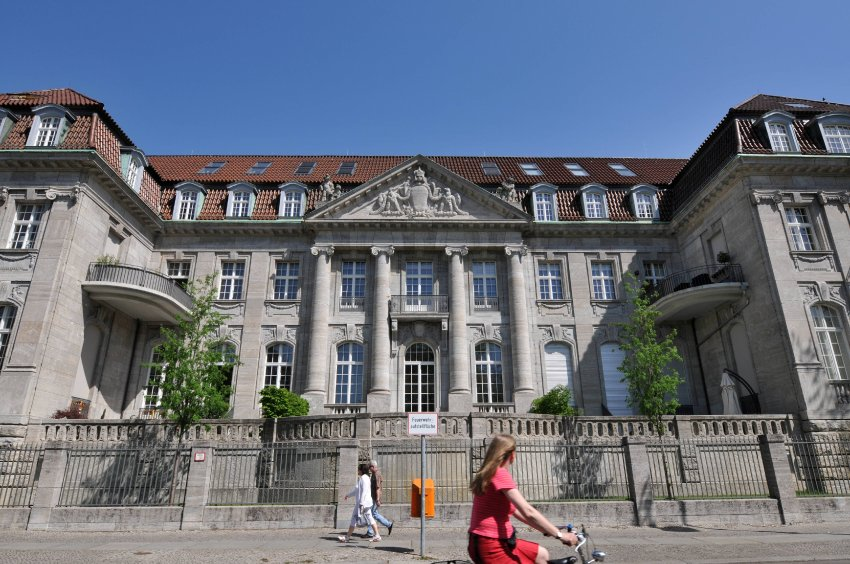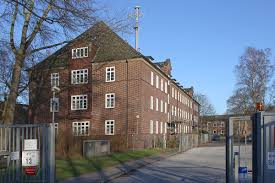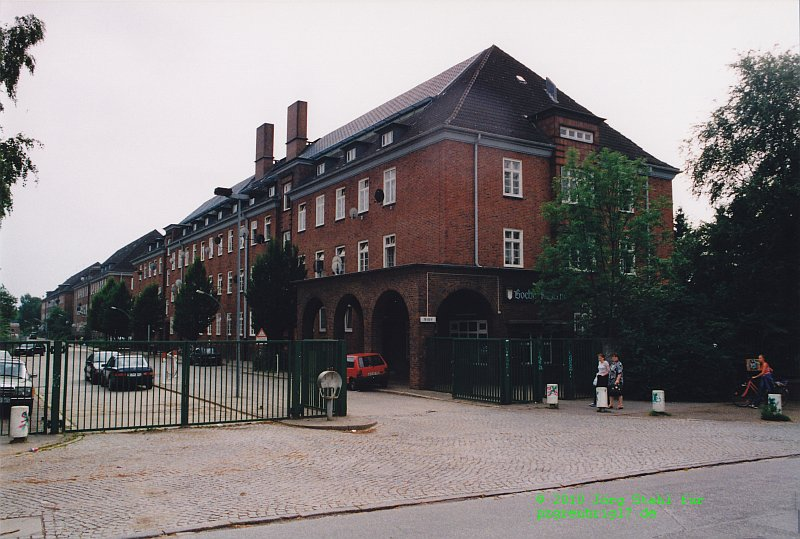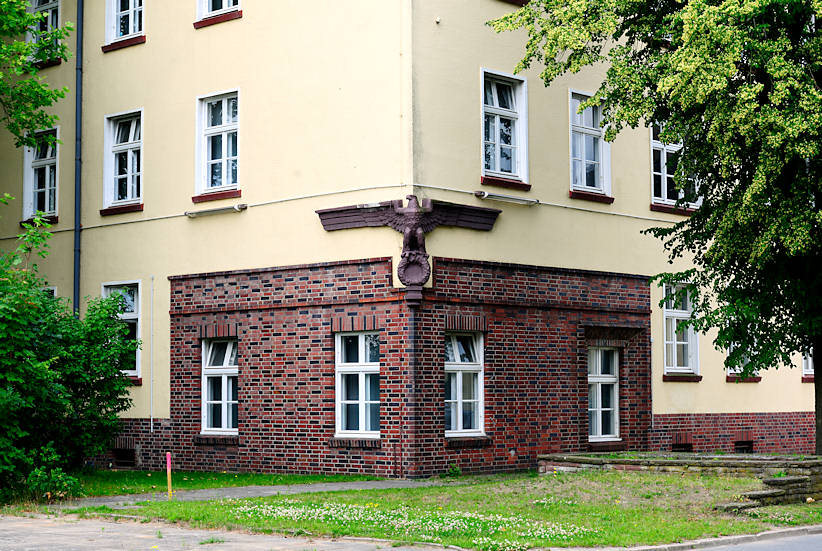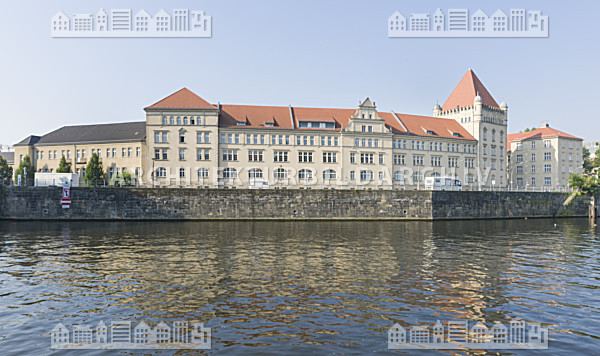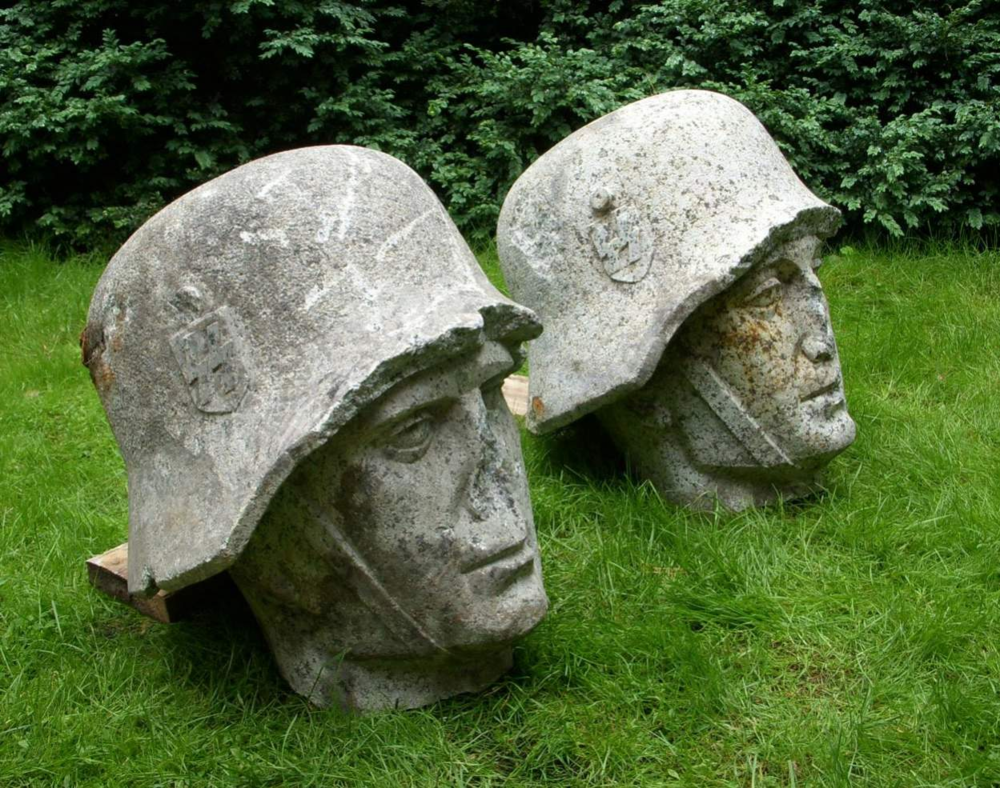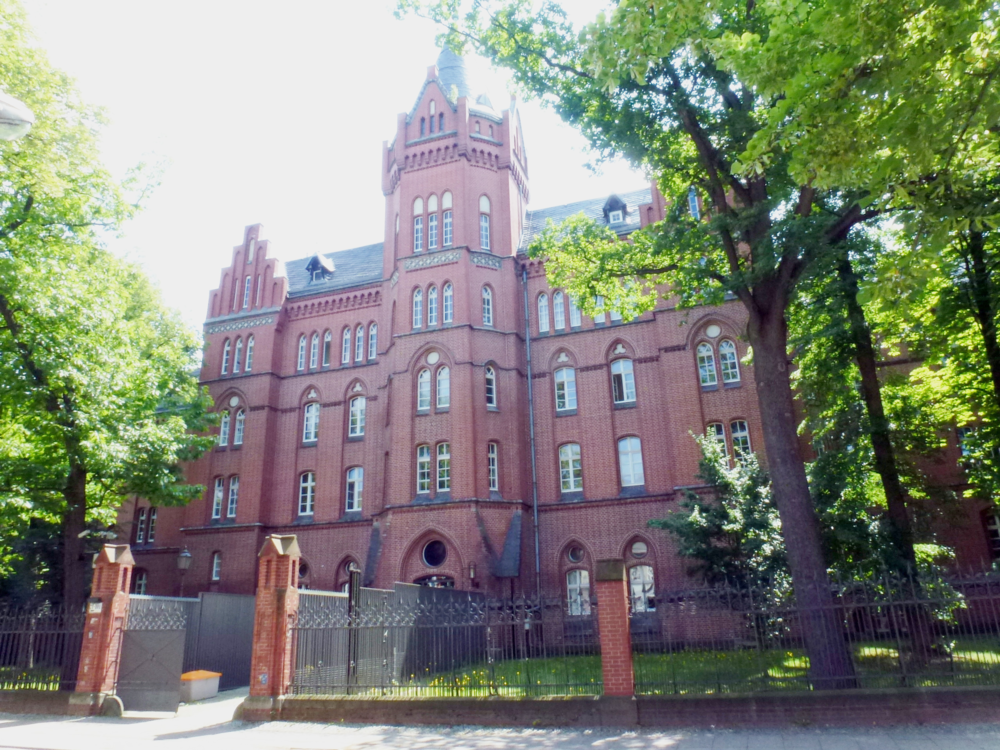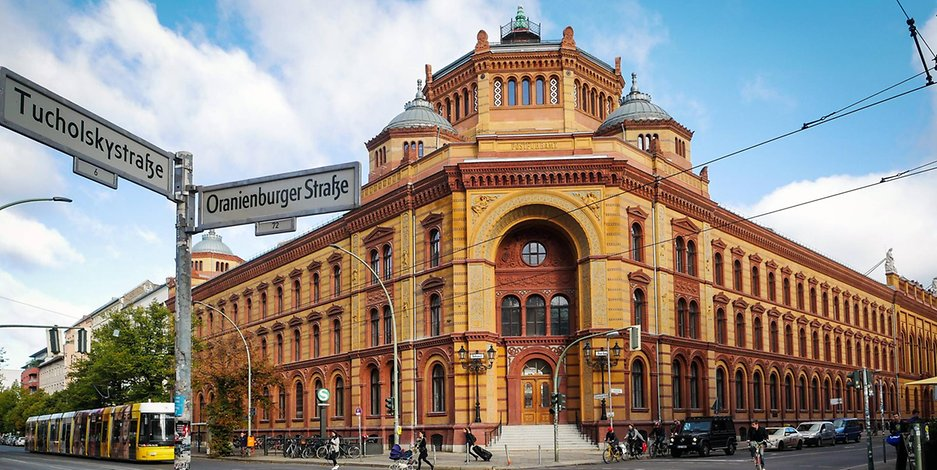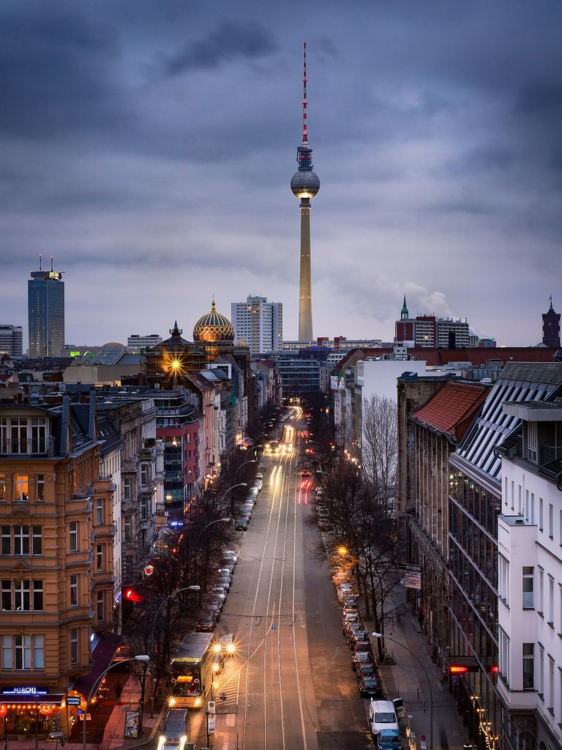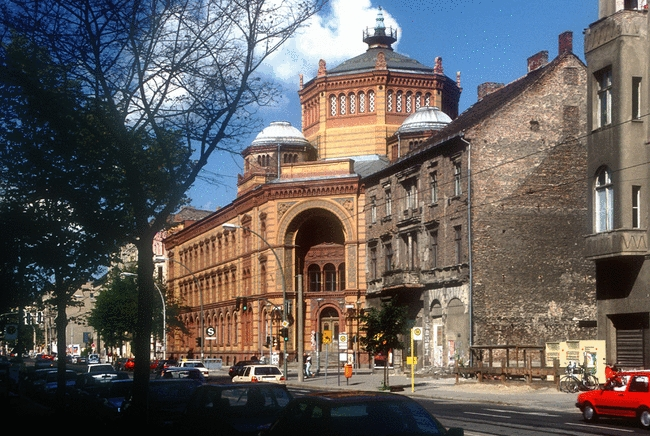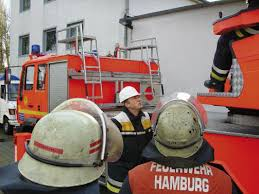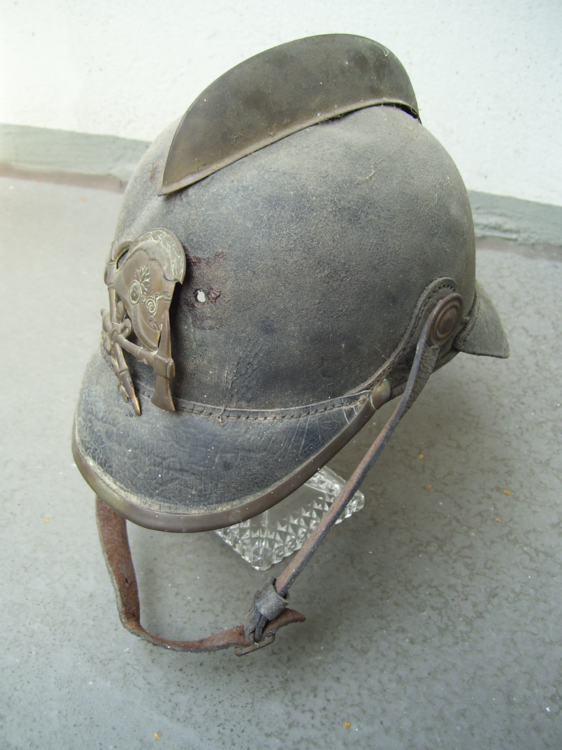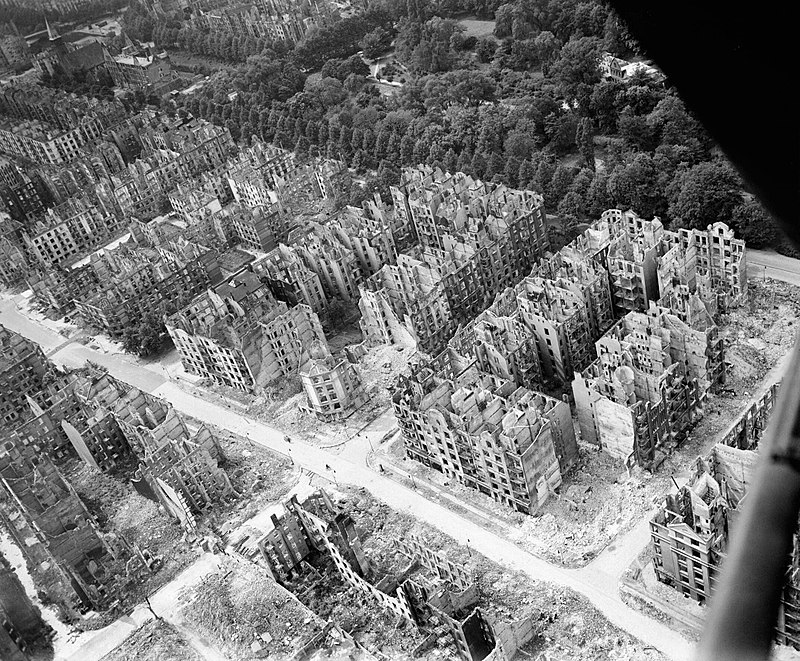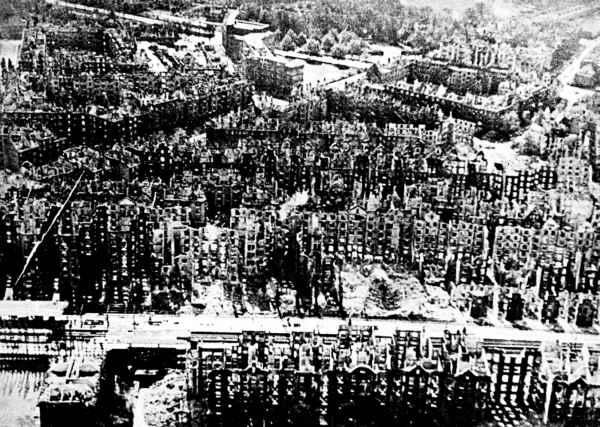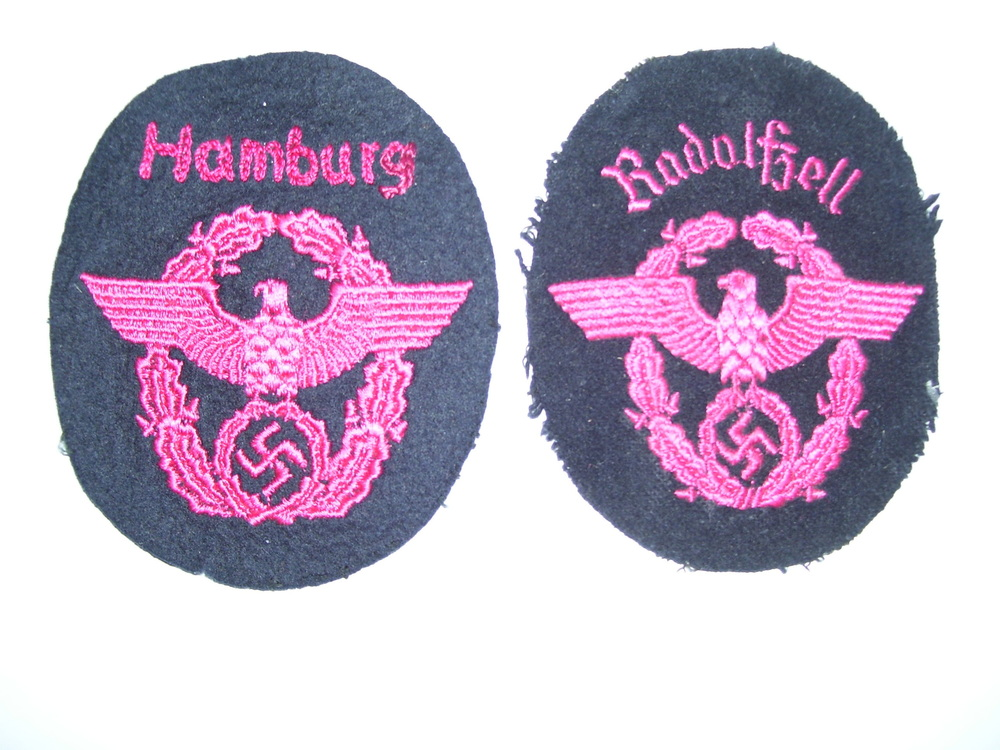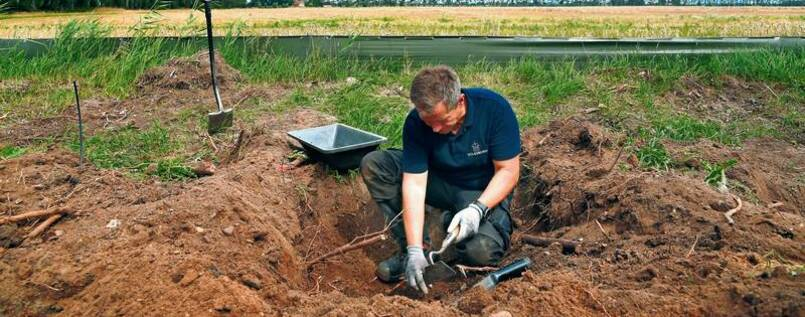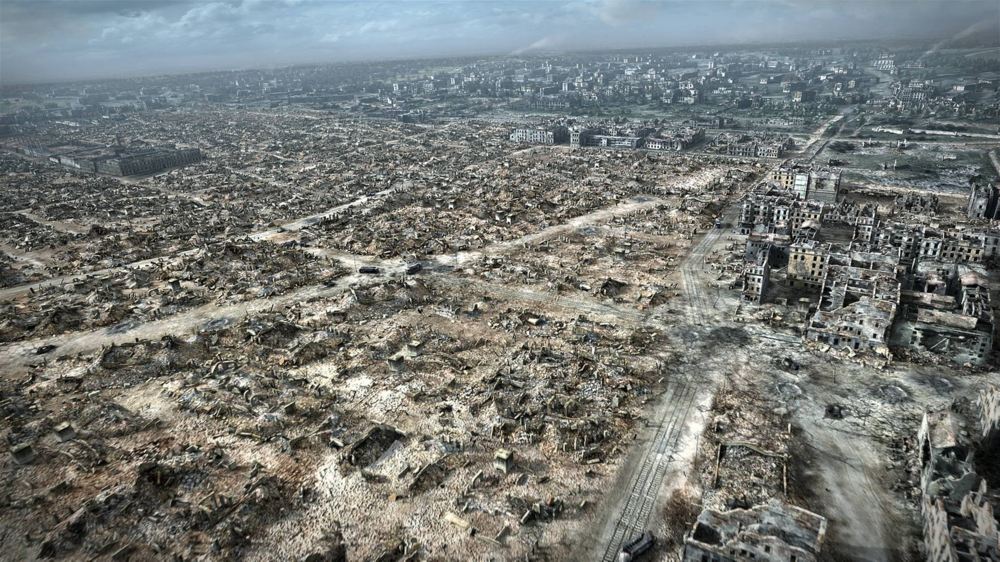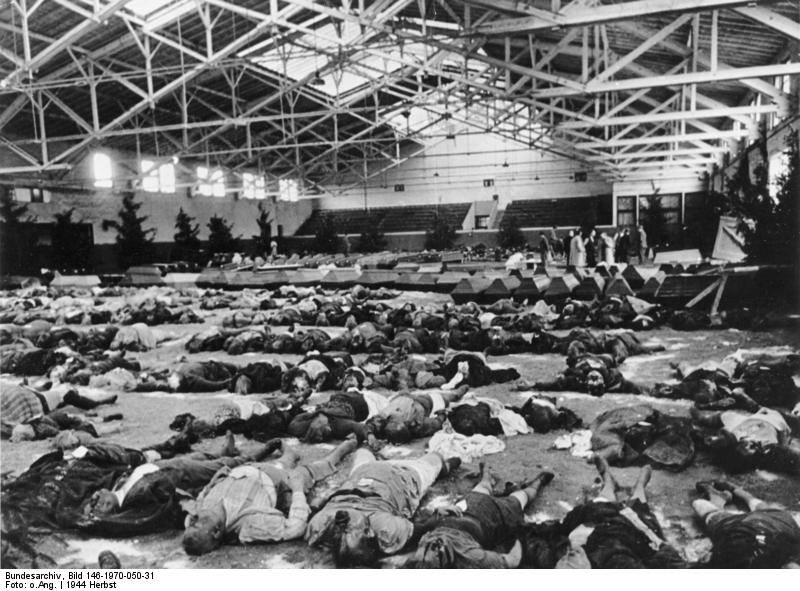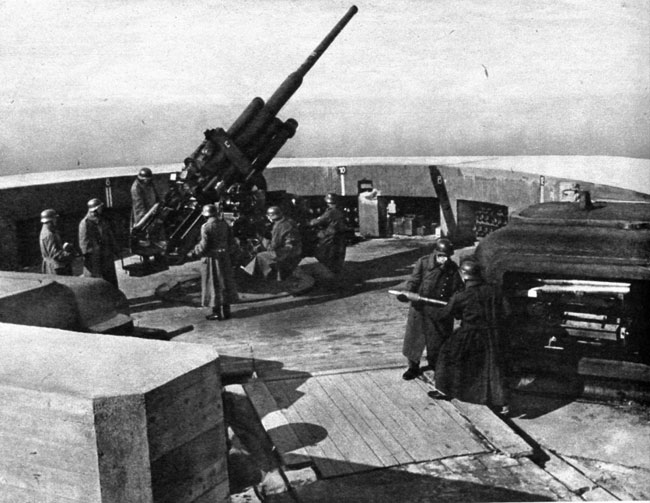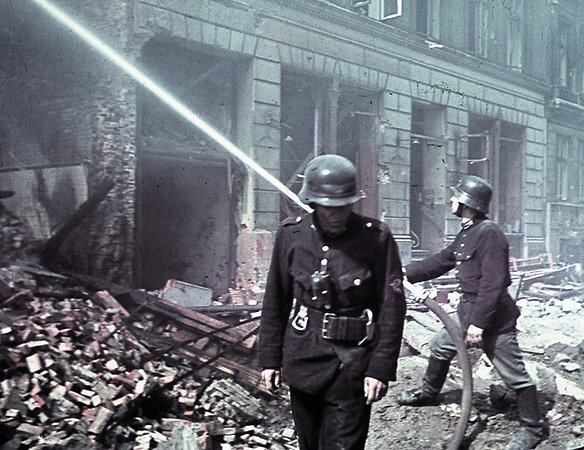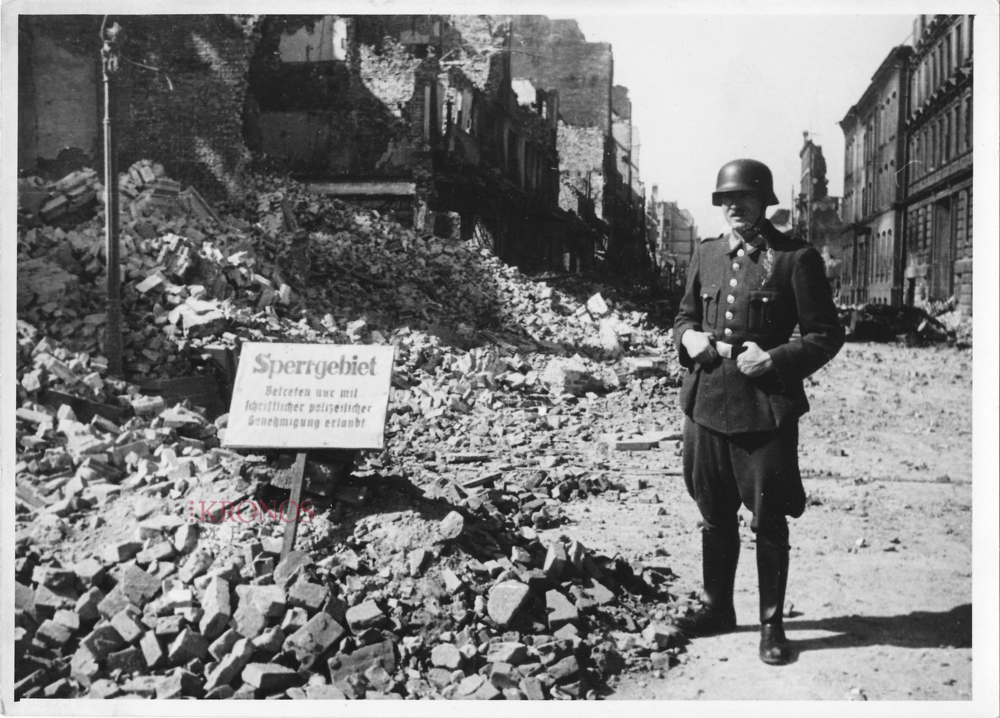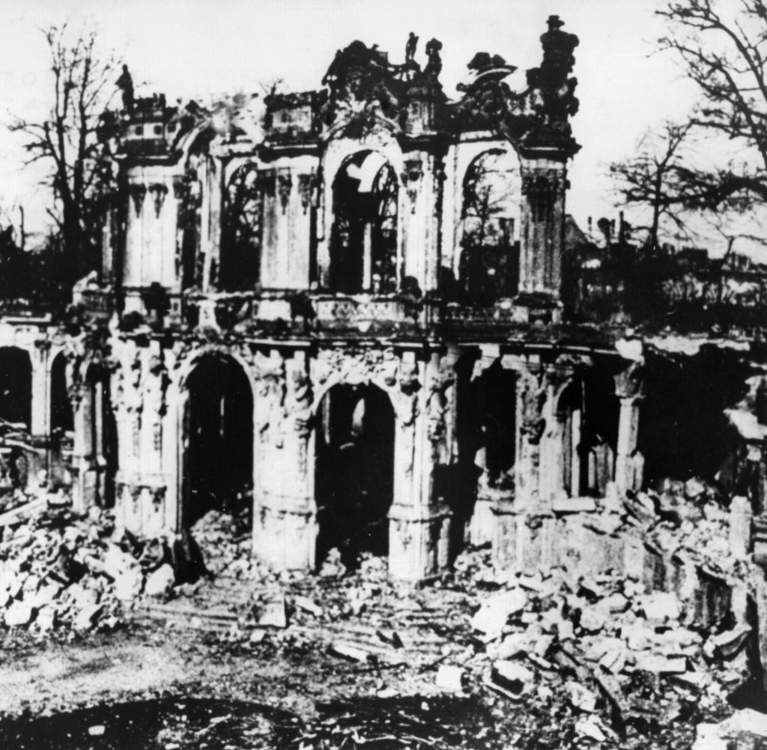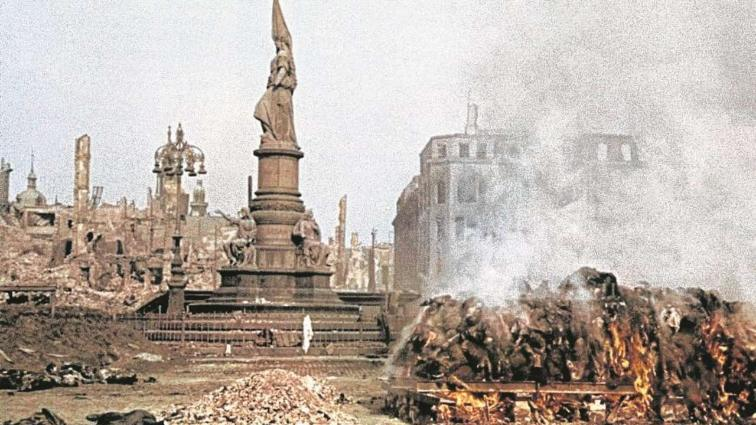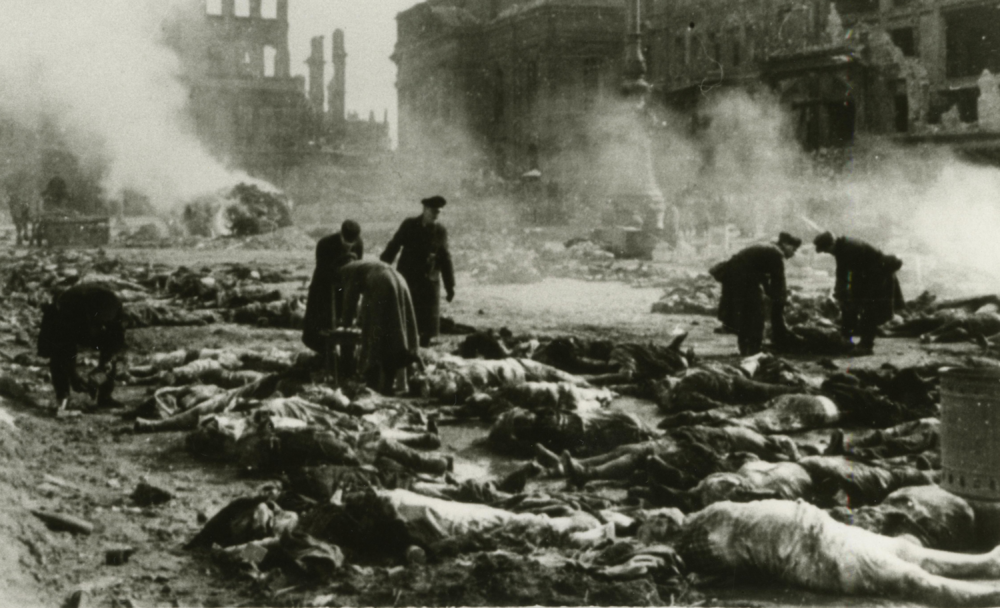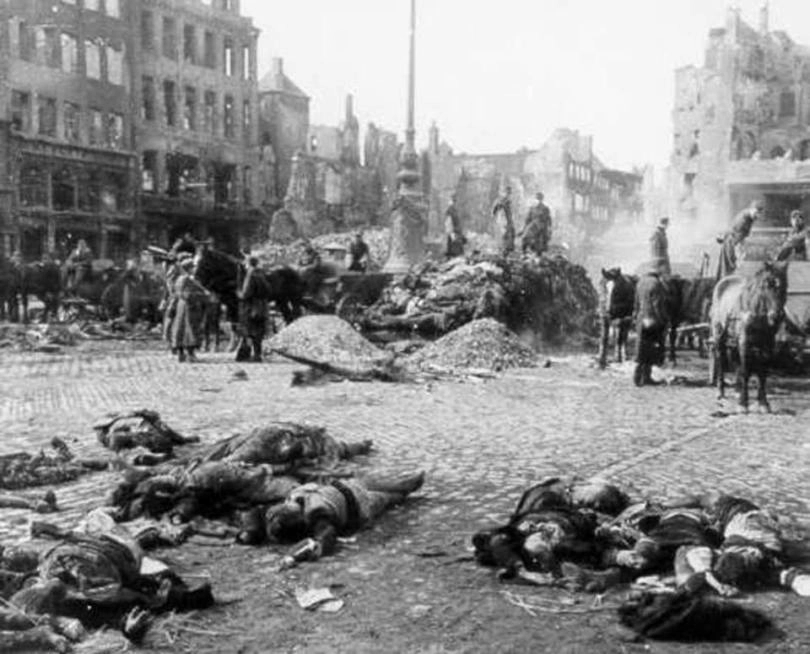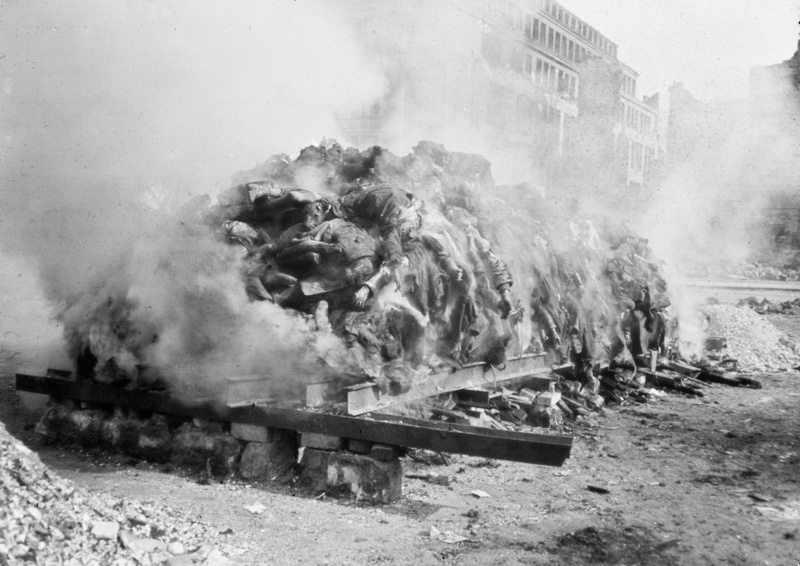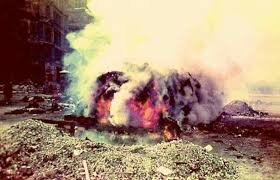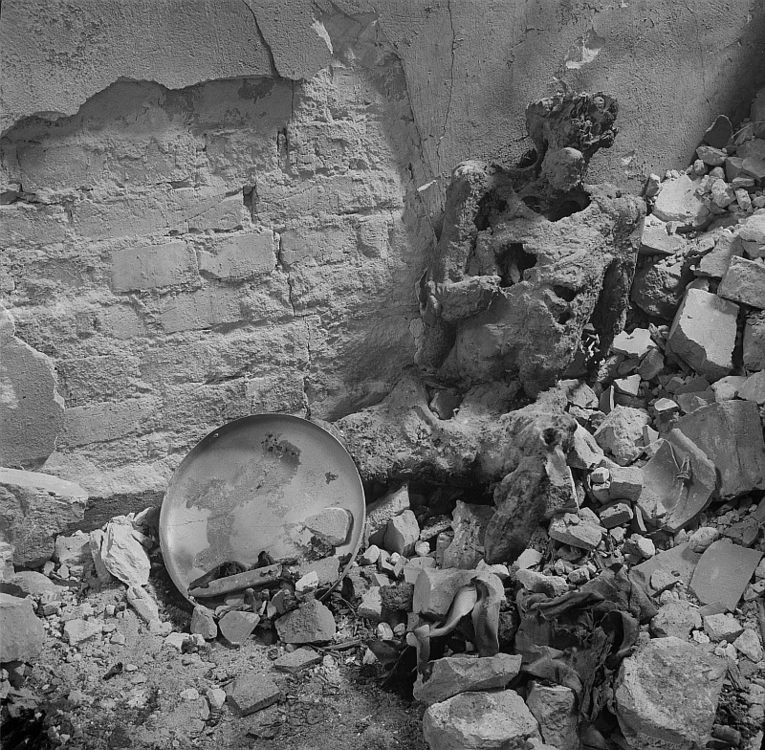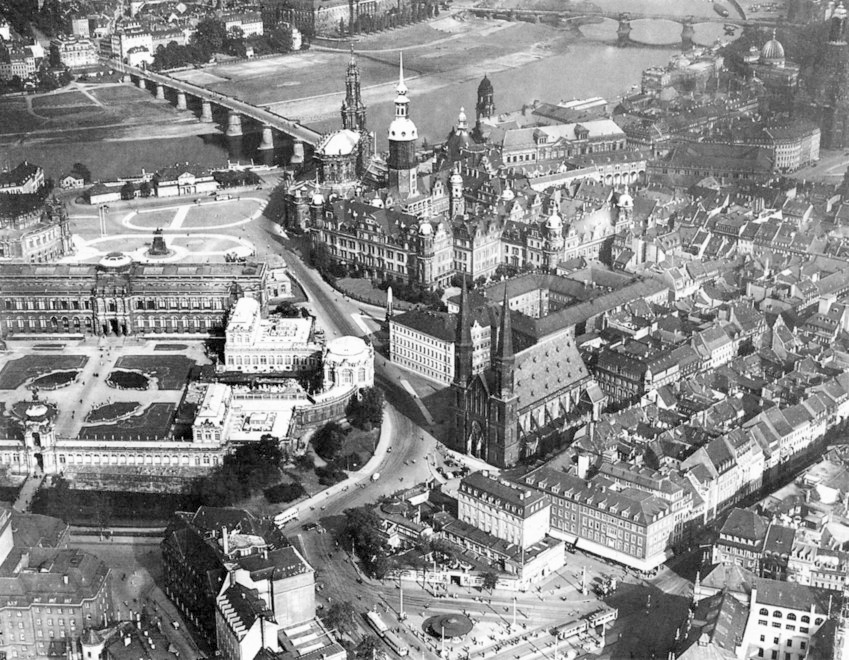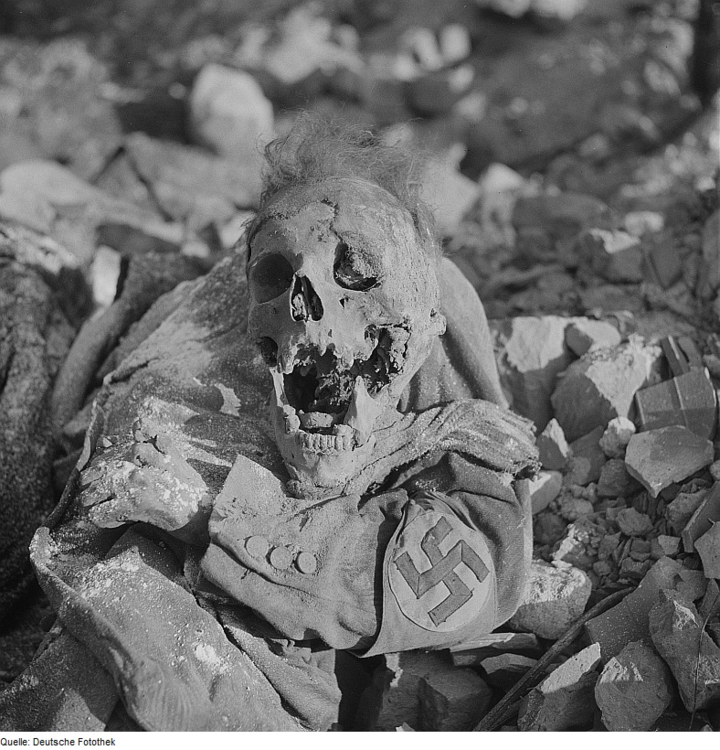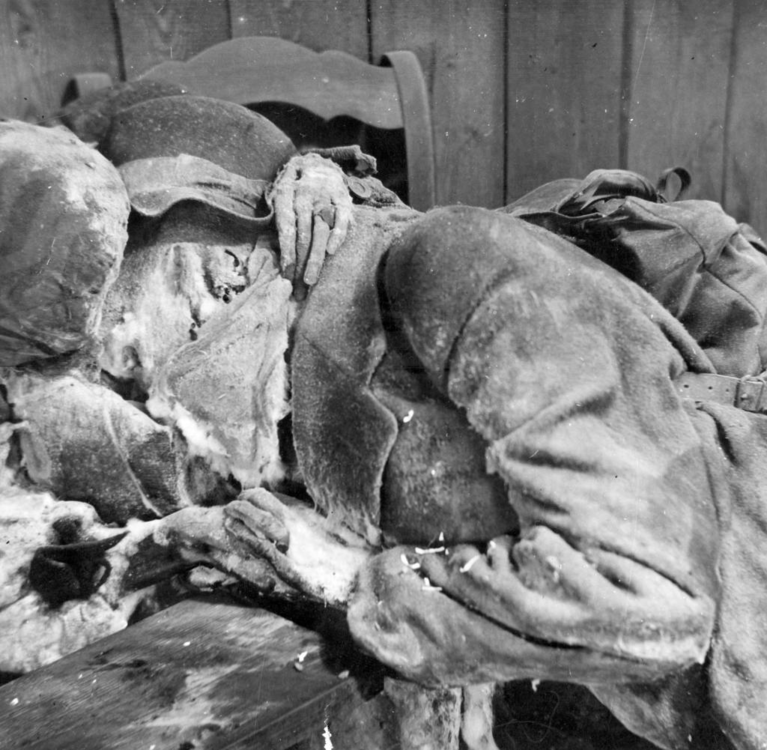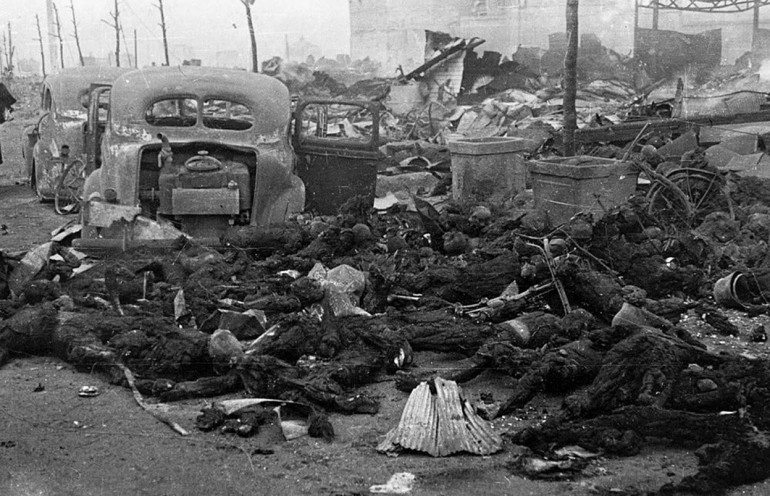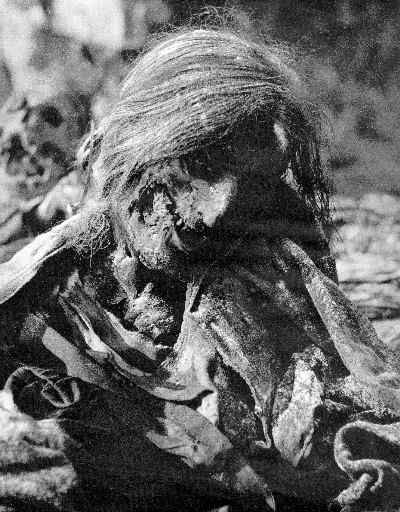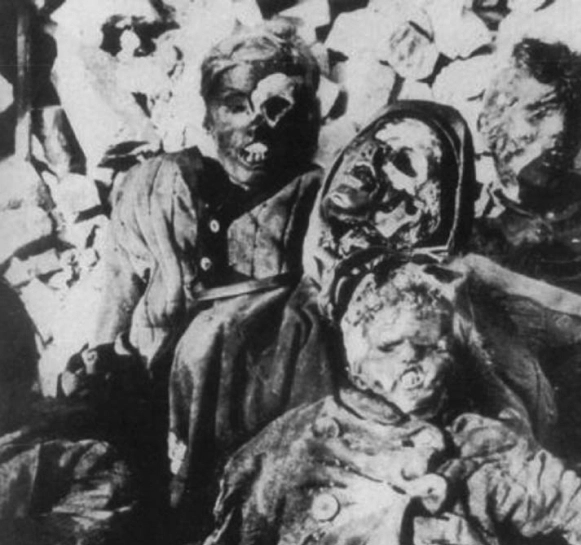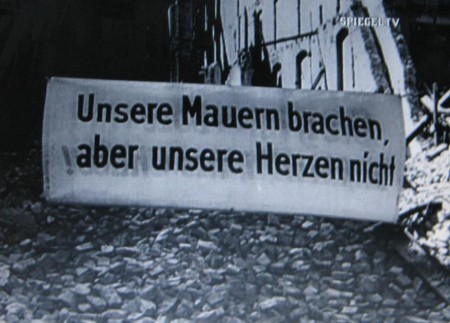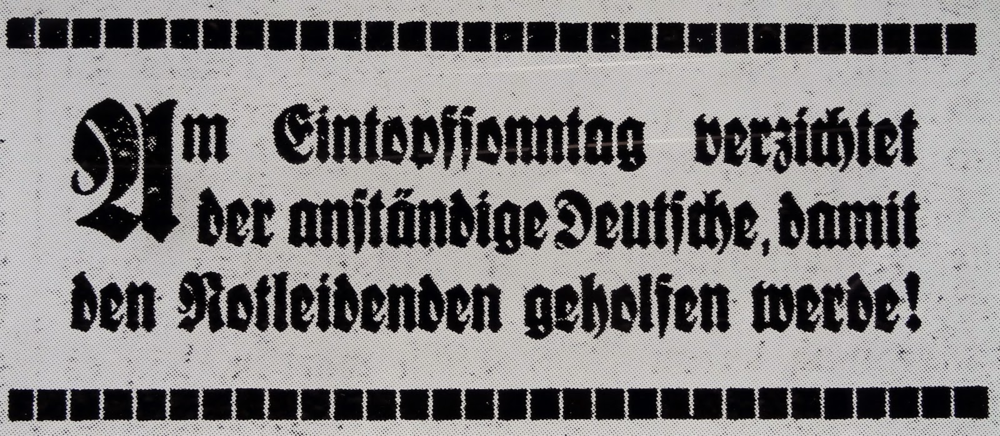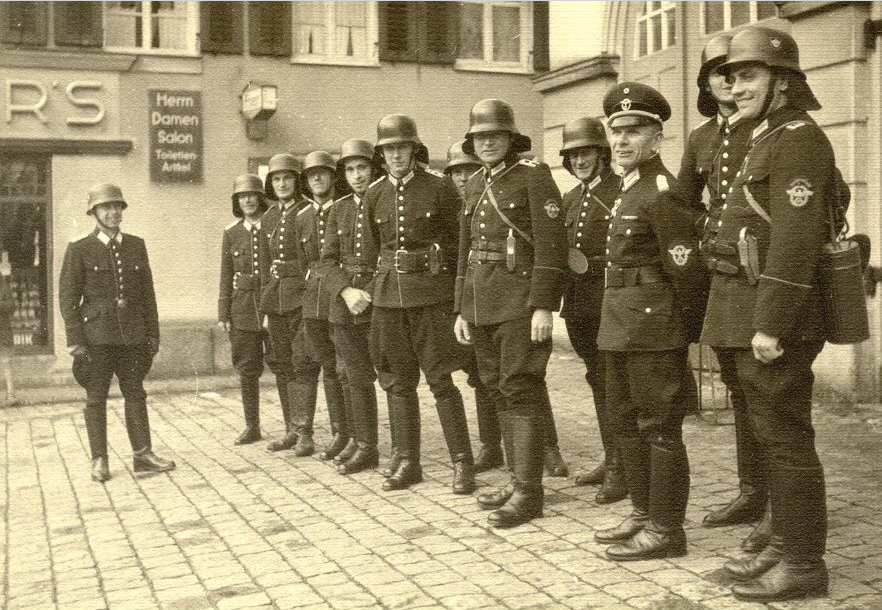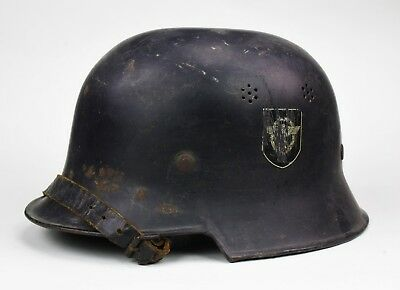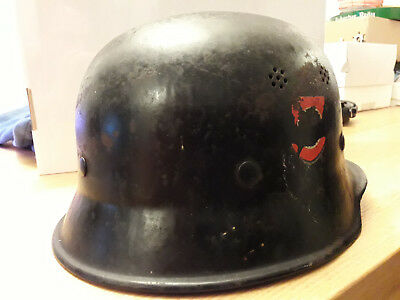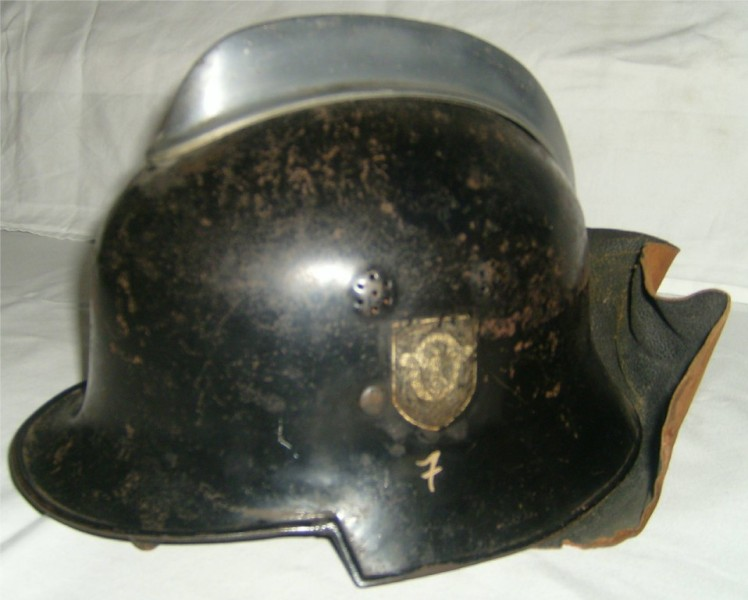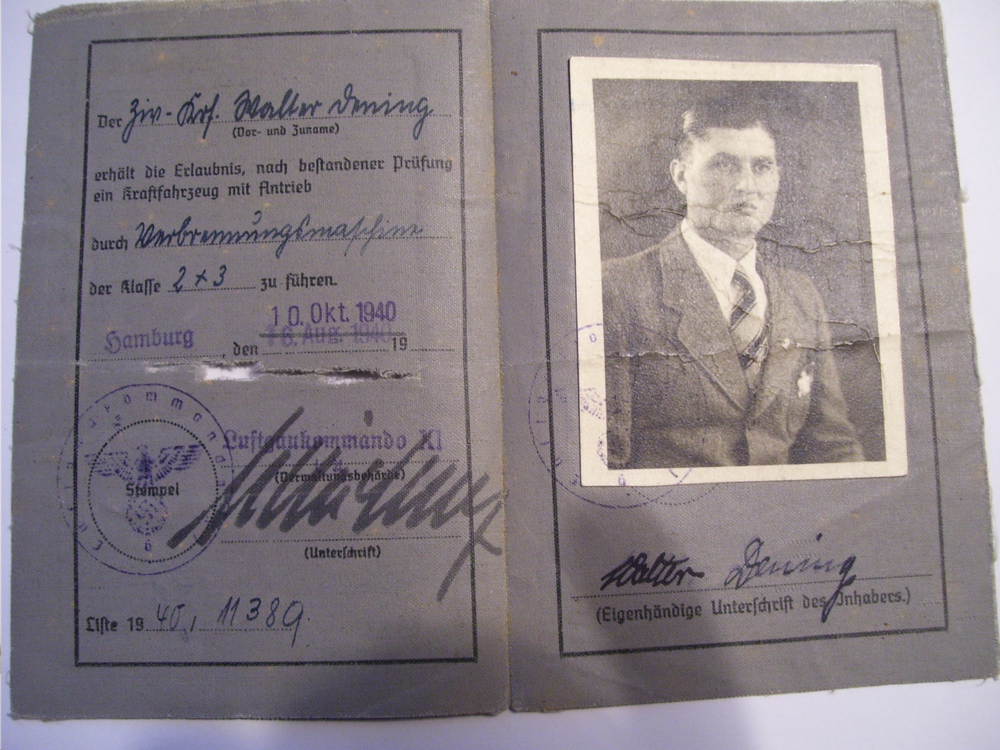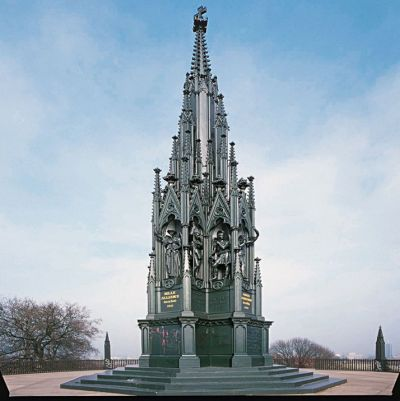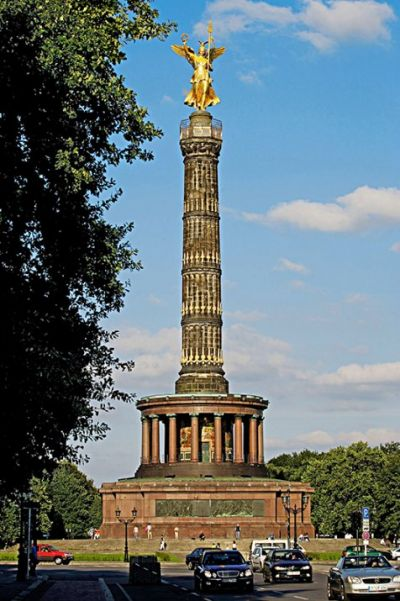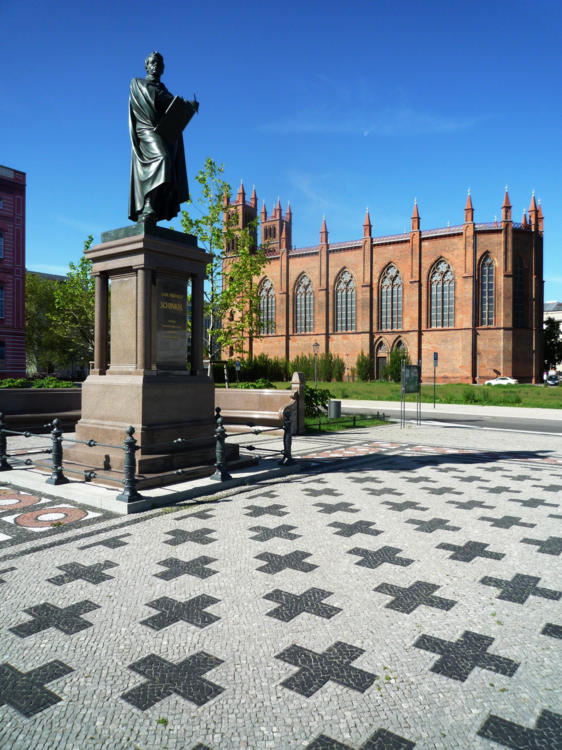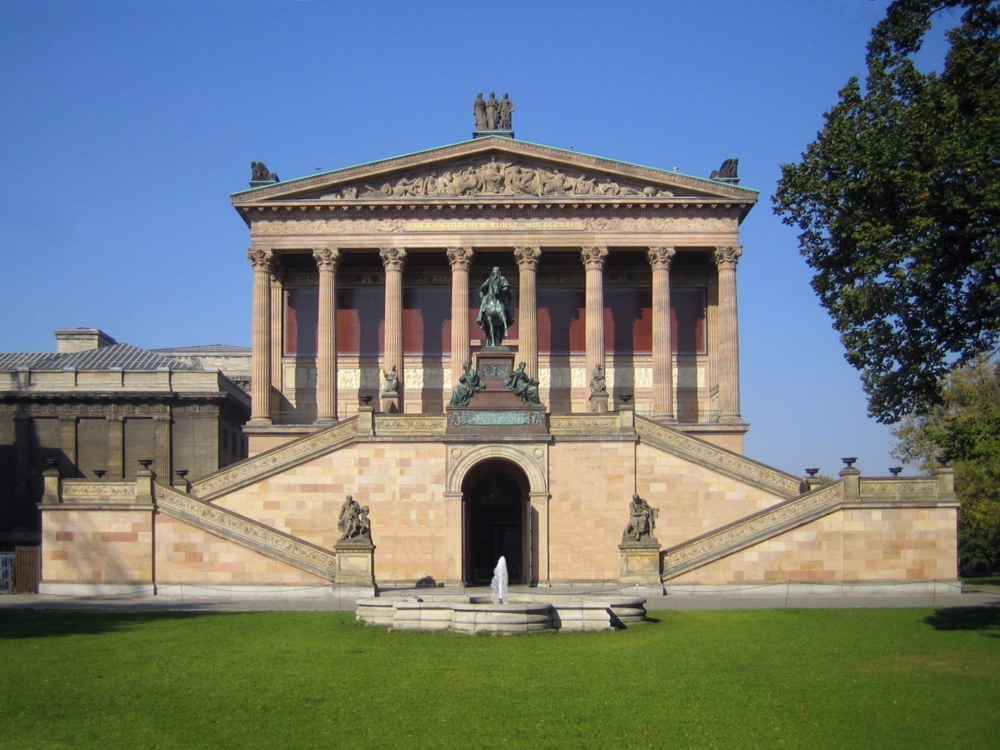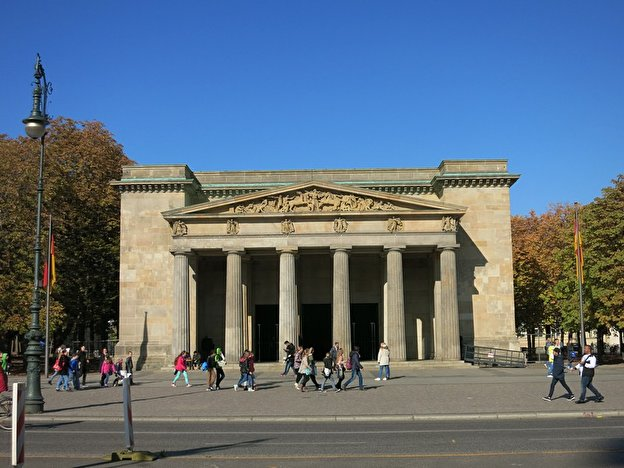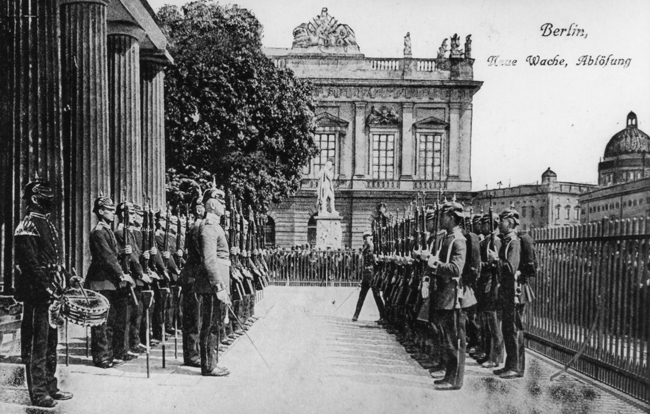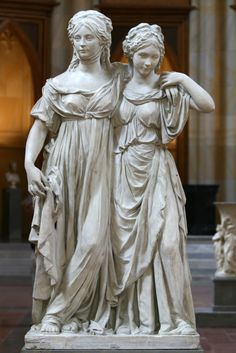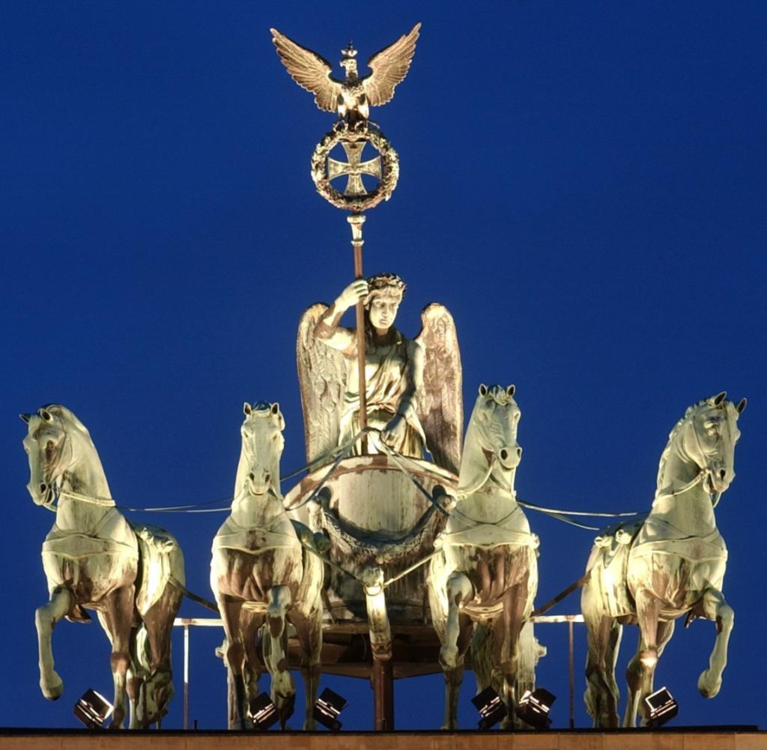Leaderboard
Popular Content
Showing content with the highest reputation on 15/09/19 in all areas
-
1 point
-
x The former Reichsmilitärgericht in Berlin, of historical significance, has been turned into appartments in recent years Former Kaiser-Alexander-Garde-Grenadier-Kaserne on the Kupfergraben in Berlin, now also under different use. The Garde-Schützen-Kaserne in Groß-Lichterfelde, until recently, used by US Army, now accomodates a department of the "Bundesnachrichtendienst" The former Postfuhramt, Oranienburger Str. in Berlin, now used for businesses and offices. In the Oranienburger Straße once stood the Kaserne des 2. Garde-Regiments zu Fuß, this was still standing in the year 2001. Much has changed since, and no recent photos found. The condition a few years back. The Oranienburger Straße in a more recent photo. The old centre has undergone much "Gentrifizierung" and is now populated with "Yuppies", "young entrepreneurs" and "Latte Macciato Freaks" The former Graf-Goltz-Kaserne in Hamburg-Rahstedt is now a housing estate The former Boehn-Kaserne in Rahlstedt has also become a housing estate A corner of the former Lettow-Vorbeck-Kaserne now used as flats. The swastika is long gone. Abgeschlagene Köpfe der Leibstandarte: The heads of the figures from the US military barracks in Berlin-Lichterfelde, formerly the Leibstandarte-Kaserne, the SS-Runes clearly visible.1 point
-
From Aachen to Zerbst - full scale bombing from A to Z by the allies in World War 2. The leather helmet worn till about 1936 by the volunteer fire brigades, until replaced with light steel helmet No fire brigade could cope with these conditions - Hamburg-Eilbek after the raids in July 1943. Most of the entire city was devastated, estimated casualties around 45.000 Post-war fire brigades.1 point
-
https://www.pnn.de/suche-nach-toten-soldaten-der-knochenjob/24993666.html Im Oderbruch, wie hier an der Straße zwischen den Dörfern Wollup und Zechin, liegen Munition und Blindgänger aus dem Zweiten Weltkrieg... Grabungsleiter Joachim Kozlowski at work. In the Oderbruch Region alone, 200 million shells and grenades rained down on the defenders, many are still lingering under the surface and dangerous - and the remains of scores of thousands of the fallen. In the postwar years the DDR had no interest in the remains of the fallen, especially those of the Wehrmacht. The only military cemeteries and memorials were the Soviet ones. It was strictly forbidden to mention anything of that nature or even to go digging. Potsdamer Neueste Nachrichten Fragments: The form of a steel helmet gives the first clues to the identity of the remains, every bone or teeth a further information.1 point
-
Just got these in this week, nice set of WW1 German Dienstglas, with the carrying case. The Case has some issues with the leather closure straps and leather part the acted as a hinge. The glasses are in real good shape, clear optics, with the leather neck strap and eye cup protector. This Model 08 set has nice bakelite eye cups, which are complete and not damaged. The main housing for the optics is brass as well.1 point
-
Wow, powerful images...When I lived in Germany from 2009-2012, my counterpart in leading the section I was in charge of, was a German. Very nice man, he was a Flak Helper in WW2, he said his job was to bring ammunition for the guns to fire. Since he was young, small and fast, he was a good choice. He didn't like to talk about it very much, understandably. In the Kaiserslautern area, you can still see carved out tunnels in the cliffs, these were used as shelters during and after air raids. They are barred up now, and sealed up. I lived in this area for many years. I also remember seeing the Flak mounts along the Autobahn in the area when I was younger, huge concrete slabs with metal rings for the guns. They have been removed now.1 point
-
Dresden after February 1945 The city centre with royal palace before the war. Dresdner Zwinger, the former Royal Palace. Dresden, Alter Markt. It is estimated that over 250.000 died, most were not registered or reported as missing, as many of them were refugees from further East, as trainloads of them had been arriving between December 1944 and February 1945. Half charred, half mumified remains were later found in cellars and former air raid shelters several years after the war. Victims of Allied air raids, Berlin, Autumn 1944 Defences were insufficient in every way, one of the flak towers in Hamburg-Heiligengeistfeld The centre of the city and Hammerbrook were fenced off for months, Hammerbrook for several years after the war, until the dead were recovered and the rubble cleared, there was a danger of an epidemic. Signs of solidarity and the will to carry on...1 point
-
I have read several stories about similar bombing raids in Japan, unfortunately they lived in very flammable structures, which only added to the chaos. It is hard to imagine today that level of destruction on cities and population centers. Good link to the photos!1 point
-
Here are some photo impressions of the damage to Hamburg and some other cities: https://www.google.com/search?q=feuersturm+hamburger+feuerwehr+feuerschutzpolizei&client=firefox-b-d&tbm=isch&tbs=rimg:Cd1u_1axqVvioImBhwY7KZ0gHyBa79Z0cTgoR7B3DVK9pDpCmYSFw4_19U-cD9cf8Si44CNcDmd6agpJw2jcBUf1AcT8w_1grwQmYasoNDG68TnbfN2VtesMNbmMLDz9m6q_127XfGjJZrGo8-oqEglhwY7KZ0gHyBETsqMpTDYNsyoSCRa79Z0cTgoREZJQ67RkgICNKhIJ7B3DVK9pDpARfH-fRWfEBsAqEgmmYSFw4_19U-RHrbhvw6mJATioSCcD9cf8Si44CEZ5-AJPvTXndKhIJNcDmd6agpJwRqDzPIaUAyuAqEgk2jcBUf1AcTxFueG5f57DKByoSCcw_1grwQmYasEQ6_1wHt7QM7fKhIJoNDG68TnbfMRgSYW2XpKUHAqEgl2VtesMNbmMBEJNacEfwpnLSoSCbDz9m6q_127XEfABUzN3TjBcKhIJfGjJZrGo8-oR3EmVrenWje0&tbo=u&sa=X&ved=2ahUKEwjmr46C6sbkAhXR3KQKHf7_DjQQuIIBegQIARAs&biw=1366&bih=654&dpr=1 The Firefighters and Luftschutz had a very difficult time - there was one raid after another for nearly 2 weeks, day and night, first of all the high explosives and then the incendiaries - and the water mains were destroyed. The entire city centre was engulfed in a raging firestorm, which sucked everything and everyone into it's path like a firey whirlwind... ash and debris rained from the sky, there was a dense cloud of black smoke for several kilometres over Hamburg. People in the cellars and air raid shelters simply shrivelled to dust.1 point
-
Measurement is a 66. I have used the inches to CM conversion charts in the past that is why I mentioned inches earlier. It was not easy, but used a CM cloth tape to measure the inside. So it is a relatively large size, and has 3 posts for liner attachment. I think those firefighters had it worse than some of the men at the front, dealing with all the air raids, fires, unexploded ordnance, etc. Must have been terrible.1 point
-
There are some original liners to be had, important to find the right size, which could be difficult, and the rare original studs for holding them. The leather rear neck apron would be harder to find, earlier post-war examples might turn up. If you had a steel liner band, you might be able to make a leather liner to fit, finding the light tan soft natural leather might be difficult. This was fitted with 3 stiff T-shaped leather tabs, to which the apron could be attached. Try measuring the inside! The inside will be smaller! Not inches, you will have to use centimetres to get a correct fitting! It must be an exact fit. The shell is always a good bit larger than the actual liner/head size. Fire brigade personnel and railway personnel were often indiscriminately shot by invading American and Russian troops because of their dark blue uniforms, thought to be SS.1 point
-
The measurement of the helmet on the exterior is 26 inches, so its a large sized one.1 point
-
Awesome Fritz! My second guess after police would have been fire department. Just wish it would have had the liner...1 point
-
I would say this is a wartime example - see the square turndowns behind the peak. The helmet has a black finish, this would not be police, as they had greygreen, and also wore a proper steel helmet, this is a lightweight non-combat helmet, and is for the fire service - Feuerwehr or Feuerschutzpolizei, who wore a black helmet with their own insignia (same as police). However, they did not always have insignia, as for instance the volunteer fire services - Freiwillige Feuerwehr. At the end of WW2 the decals were always scratched out - all symbols of the Third Reich were illegal under the Allies, most helmets landed on the scrap heap, or were taken by Allied troops as souvenirs, a matter of luck if any original insignia was not de-nazified (entnazifiziert) or removed, posession was also illegal. The helmet could also be fitted with a (removable) nickel-plated comb. Helmets were also fitted with a removable leather neck guard. The fire services were needed again after the war, and continued to wear their stripped-down uniforms and helmets. Here are some examples:1 point
-
Ok, here is a new one, looks like a M34 type Police helmet, maybe you all can help me ID it. War time, post war? No stampings that I can see inside the helmet, it does have a lot of rust and pitting though. The vents on the sides of the helmets have 7 holes, one in the center and 6 circling it. The vents are also curved outwards not flat. Sadly no liner though.1 point
-
In the early part of the twentieth century, during the process of reviewing the equipment for use with the new M-1903 rifle, the Army experimented with a number of different patterns and material for cups. In 1903 granite ware enameling, popular with civilian kitchen items, was examined and field tested, and found to be poisonous with acidic foods. This cup, although a failure, led to the Equipment Board of 1909. which recommended a canteen, cup and cover combination in which the cup fit over the bottom of the canteen and both were fitted into a canteen cover (the M1910 series).1 point
-
Here is a great example of the US Infantryman in the Spanish-American war. This particular uniform grouping belonged to Corporal Alva Martin, of Kokomo, Indiana, Company "L", 158th Indiana Infantry. One of 125,000 soldiers called up during the short lived conflict he was called up to bolster the National Guard of the United States, however he never got overseas to see action as the war ended by the time he and his fellow soldiers were equipped and trained. The Spanish-American War started in April of 1898 and was over by July of 1898, officially it was over with the signing of the Treaty of Paris in December of 1898. The United States emerged as a World Power as Spain's Empire was fading. This uniform consists of the dark blue 5 button tunic, the sleeve linings are unbleached muslin with a gray flannel lining meeting the 1883 regulations. However those regulations called for two horizontal pockets. This coat only has one interior pocket conforming to the newer 1887 pattern. This combination of style indicates it was probably made somewhere between 1883 and 1887. On the sleeves are white (for infantry) chevrons indicating the rank of Corporal. The Model 1885 Trousers are made from a medium blue wool. As a mark of rank, the trousers had a wool stripe sewn on. The stripe's width was determined by rank or duty: all "Big Three" officers had a 1.5" wide stripe, while other officers had none; Sergeants 1.0" wide; Corporals 0.5" wide; and Musicians had two 0.5" wide stripe spaced 0.5" apart. For the "Big Three" branches, the color of the stripes were white for Infantry, red for Artillery and yellow for Cavalry. For other enlisted troops, the stripe's color varied depending on the assigned branch, and was often piped in a contrasting color, i.e. engineering troops had stripes of scarlet piped in white, et cetera. This one has the Corporals stripe down the trousers. The canteen is the US Model 1858 (already listed in the forum). The haversack is the M1878 type made of canvas material, which held the soldiers rations and eating utensils. In this pack, the following were found; M1878 condiment bags (x3), M1874 Utensil Scabbards, one for the knife and one for the fork (both were cast iron), the spoon (very thin tin plated steel) did not have one. The pack also had the mess kit, which was the M1874 type 3 meat can which was made in the 1880's. The ammo belt is the M1881 Mills woven blue canvas, 50 round belt holding the .45/70 cartridges, which were black powder type. Attached to the belt is the M1973/M1884 Bayonet and Scabbard for use with the M1884 Springfield Trapdoor Rifle (pictured with Uniform). This rifle was of .45/70 caliber, and used a hinged breech lock to load cartridges. This was the last black powder rifle to used by the United States. This weapon was used by US forces during operations in the Spanish-American war, although the Krag-Jorgensen was (smokeless powder) was available, the M1884 was used heavily by Guard troops versus regular Army units. On the back of the mannequin is the M1878 Blanket Bag, which had a quick disconnect at the bottom of the leather suspenders, allowing the pack to be dropped quickly. On the top is a standard issue Army wool blanket with leather tie down straps. On the bottom of the bag is a short canvas loop which held a tin plated drinking cup.1 point
-
Here is a M1902 Dress Tunic for a quartermaster soldier, the color for this branch was buff or a khaki color. On the collar is the insignia for a field clerk which was used in the 1920's. The rank on the sleeve is that of a private first class. It also has 2 service stripes from the artillery branch. Additionally, if you look at the collar, inside is a paper collar liner that hooked to the inside of the collar to sharpen the appearance in uniform as well as to prevent the roughness of the high wool collar from aggravating the wearer.1 point
-
1 point
-
1 point
-
I use Pecard antique leather dressing to help soften the leather, however once the leather is cracked it is fragile. I agree, I do not shoot most of my older weapons, when/if I do I have them checked out by a gunsmith first. However I do really enjoy shooting my 1943 M1 Carbine.1 point
-
Wehrmacht-Führerschein (Driving Licence) for Walter Dening, born, Nienburg/Weser, 12. June 1914 Truppenteil / unit has been erased, cut out! permitted to drive vehicles of classes II (Motorbike etc.) and III (vehicles up to 7,5 Tonne) issued Hamburg, 10.Oct.1940 by Luftgaukommando XI List 1940, 11389 Valid only for the service period with the Wehrmacht, on leaving to be handed back. Printed on grey waxed linnen. Post war driving licences of this sort were issued till the early 1980s, the latter years in strong paper rather than linnen, after which came a new type, smaller, and later, the new "EU-Führerschein", a small plastic card with photo.1 point
-
Architecture & Art - Athenäum - Spree-Athen Victoria Denkmal auf dem Kreuzberg, Neugotisches Gußeisen. Neo-Gothic cast iron war memorial, 1813-1815 in 1826 by Karl Friedrich Schinkel, one of Prussia's greatest artists and architects. Schinkel created the Iron Cross from a design by Friedrich Wilhelm III. Prinzessinnenpaar, Friederike und Louise by Johann Gottfried Schadow, Neue National Galerie, Berlin The Quadriga, Brandenburger Tor, by Schadow, 1796, the Iron Cross, a later addition. Schinkel statue on the reconstructed Schinkelplatz, in the background, the Friedrich-Werdersche-Kirche built by Schinkel. Berlin-Mitte. Neue Wache created by Schinkel Die Neue Wache in earlier times. Alte National Galerie by Schinkel The Siegessäule or Victory Column commemorates the wars of 1864, 1866 and 1870/71, stood originally on the Königsplatz in Berlin, where later the Reichstag was built. In 1937 it was moved to the Großer Stern in the centre of the Tiergarten (former Ost-West-Achse). After the war, the French wanted to blow up the monument, but were restrained by the British and Americans. The Russians abstained from the decision. The column is crowned by a gilded Victoria figure and set with over 60 gilded bronze cannons captured from Danes, Austrians and French.1 point
-
1 point
-
1 point
-
Not sure if you've seen this photo before, its from The War Diaries of Col. Rodney Foster. Who was in charge of the Hythe and Saltwood Home Guard B Company Platoon, his diaries provide a detaild account of day to day life and events affecting the Home Guard and ARP sevices in an area known as Hellfire Corner. Photo abit grainy1 point
-
1 point










